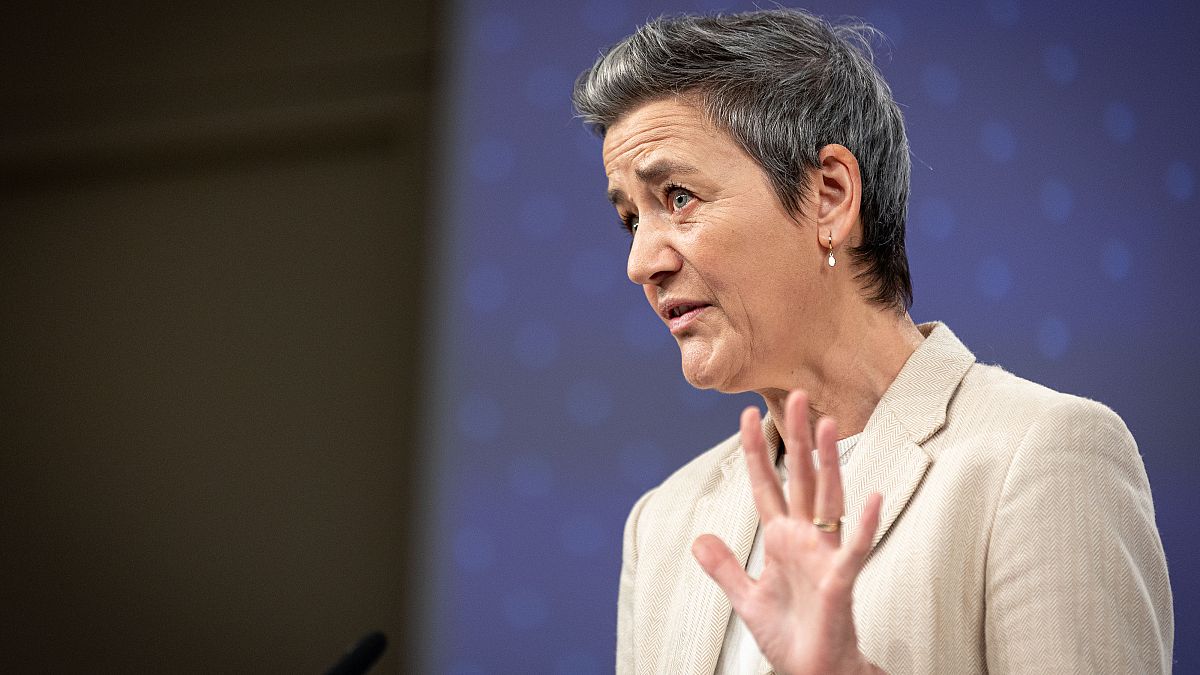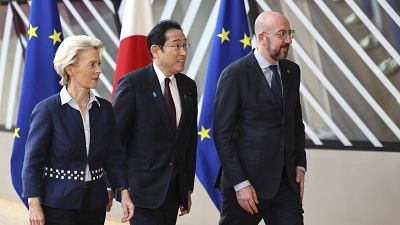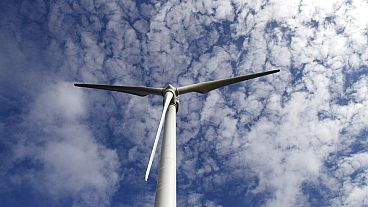Tech criteria can include environmental footprint, labour rights, cybersecurity and data security, and should be objective and independent.
G7 countries – Canada, France, Germany, Italy, Japan, UK, US – and other like-minded countries will have to develop a list of trustworthiness criteria for critical clean technologies, such as chips and batteries, European Commission Vice-President Margarethe Vestager said at a conference in the US today (9 April). The move is meant to counter Chinese influence.
“As we further develop the strategy for clean technologies, we must reflect on the question of trustworthiness. These products become connected. And more and more, they are an essential part of our critical energy and transport infrastructure,” Vestager said.
She added that the criteria can include environmental footprint, labour rights, cybersecurity and data security, and should be objective and independent.
“Those criteria would be developed among like-minded partners. But they would apply to all trustworthy producers across the world. That way, we can reach critical mass, and align our competitiveness with the values that we share,” she said.
Vestager said that the EU and US depend on third countries in most critical technologies and supply chains, and the raw materials needed to produce them.
“And in this area, China has built- up a strong position, not always playing fair. China is for us simultaneously a partner, an economic competitor, and a systemic rival. And the last two dimensions are increasingly converging,” she added.
Last week (3 April), the Commission opened two investigations into Chinese manufacturers of solar panels — LONGi Solar Technologie GmbH and a consortium controlled by Shanghai Electric Group – suspected of benefiting from "distortive" state subsidies and gaining an "unfair advantage". The probe involves a project in Romania to design, build and operate a photovoltaic park of 110 megawatts (MW), partially financed by EU funds.
The Commission said that today less than 3% of solar panels installed in the EU are produced in Europe. “Our economies cannot absorb this. It is not only dangerous for our competitiveness. It also jeopardises our economic security. We have seen how one-sided dependencies can be used against us. And this is why Europe, just as the US, is reacting,” Vestager said.
In 2020, the Commission took measures to counter Chinese companies in 5G deployment and telecom infrastructure over fears of cybersecurity risks; EU governments should diversify suppliers and exclude vendors presenting high risk, including Huawei and ZTE. The Chinese companies have always denied the existence of any backdoors in their equipment.
AI governance
On AI, the commissioner said that more international convergence is needed. The EU’s AI Act, rules that impose transparency requirements on machine learning tools depending on their risk, are set to enter into force in June.
“We need to invest in universal governance of AI. [..] On 21 March, the United Nations General Assembly adopted its first resolution on AI. And later this year, the UN Secretary-General's High-level Advisory Body on AI will release its recommendations. That will be the starting point for further discussion,” she said.
Last week, top officials from the EU and US underlined closer cooperation on AI, and their commitment to advancing trustworthy and responsible AI technologies. They pledged to continue “regular discussions” via a cooperation agreement between the European AI Office and the US AI Safety Institute, including work towards the development of a common framework for evaluating generative AI models.



